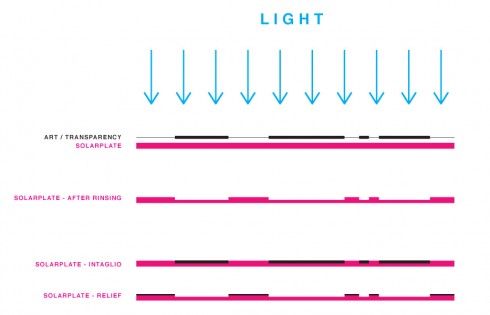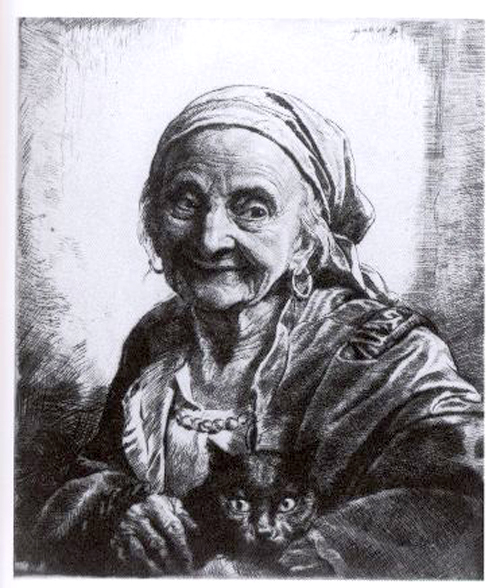Pixel-objects
Last class, Shawn sparked an interesting conversation, something I’ve been interested in for a while — the use of objects to represent pixels, then, render an image. In his case, coins, pennies precisely. Below are some cool examples of how much one can “destroy” an image, eliminating the details, and yet roughly represented, it is clear what that depicts.
Music video done with dice.









